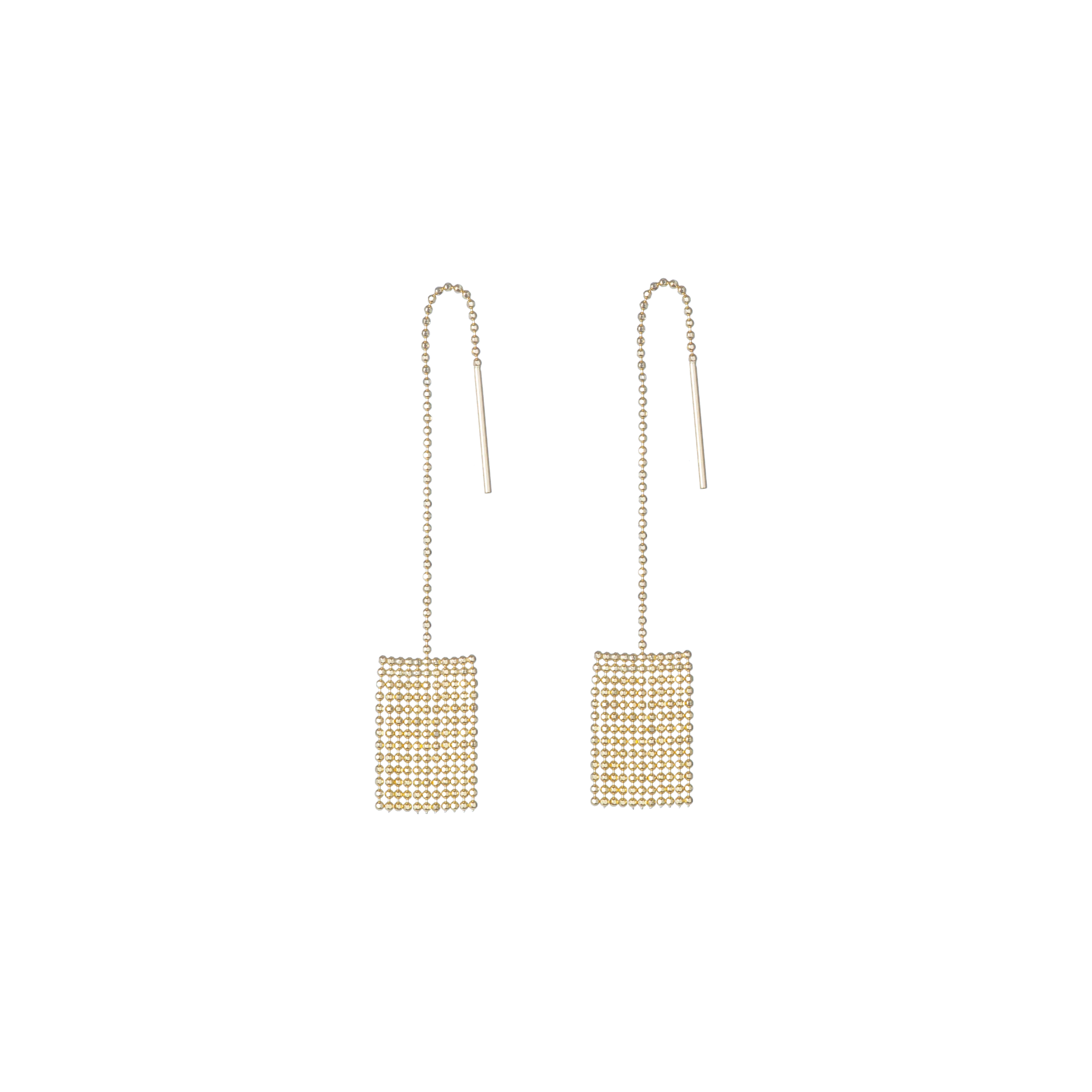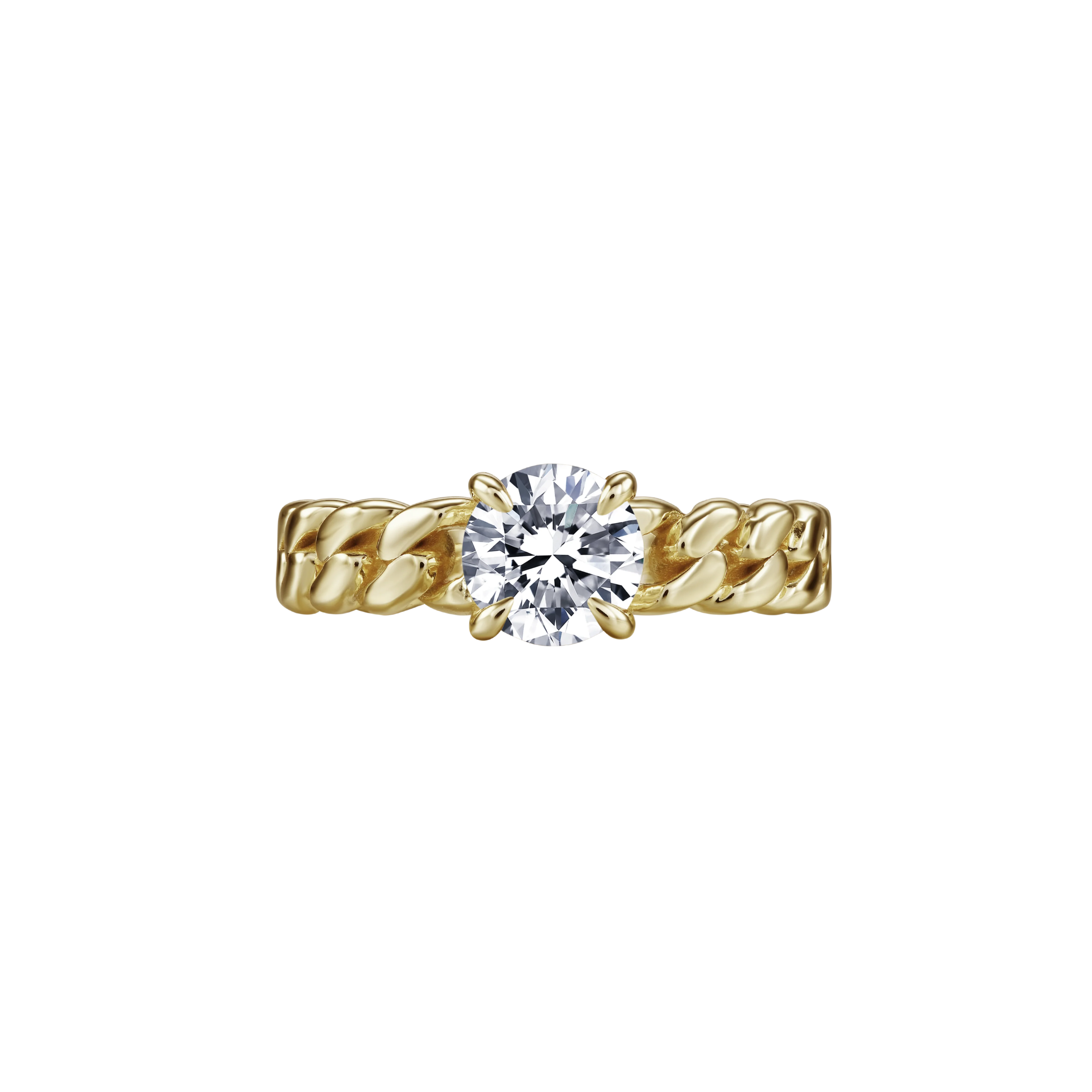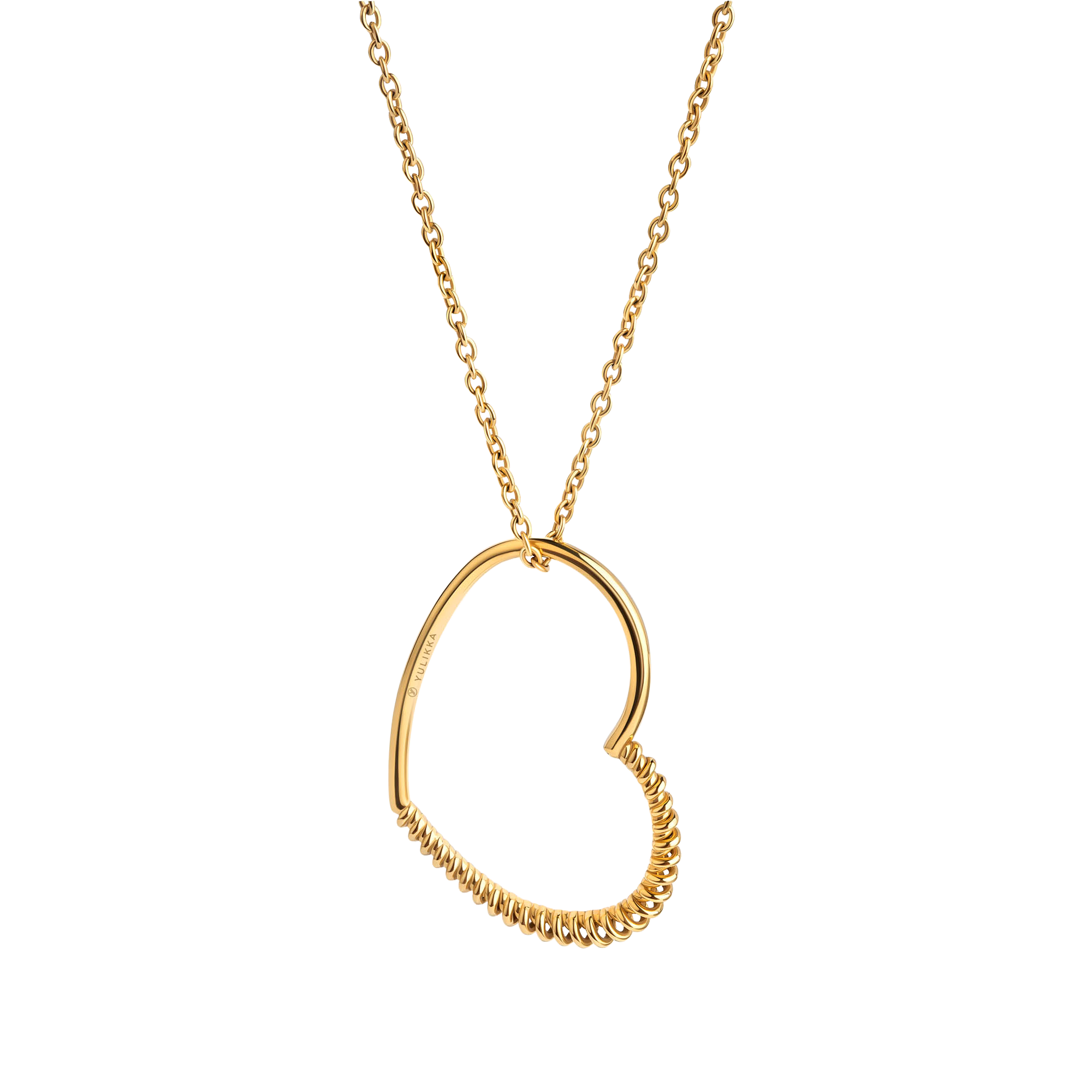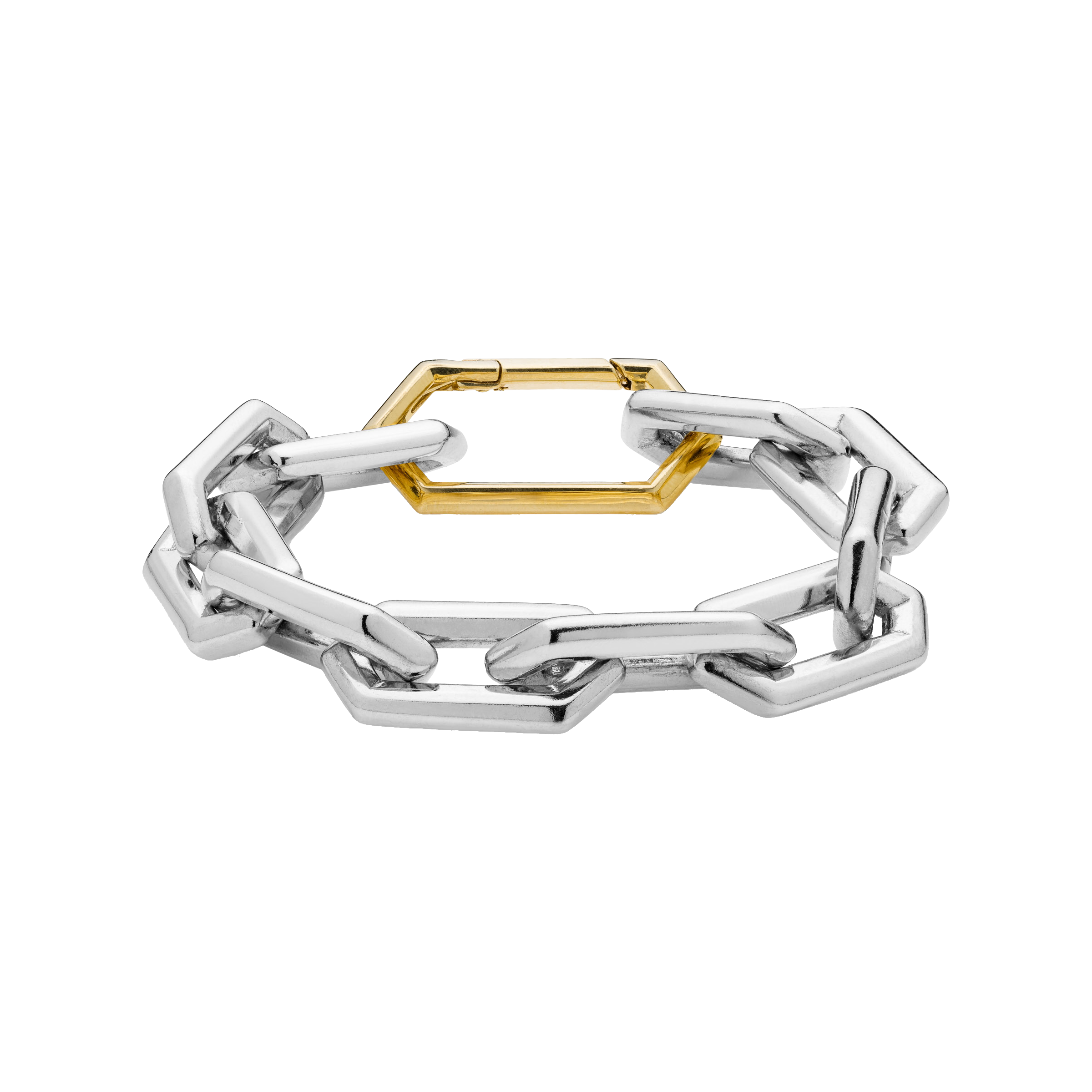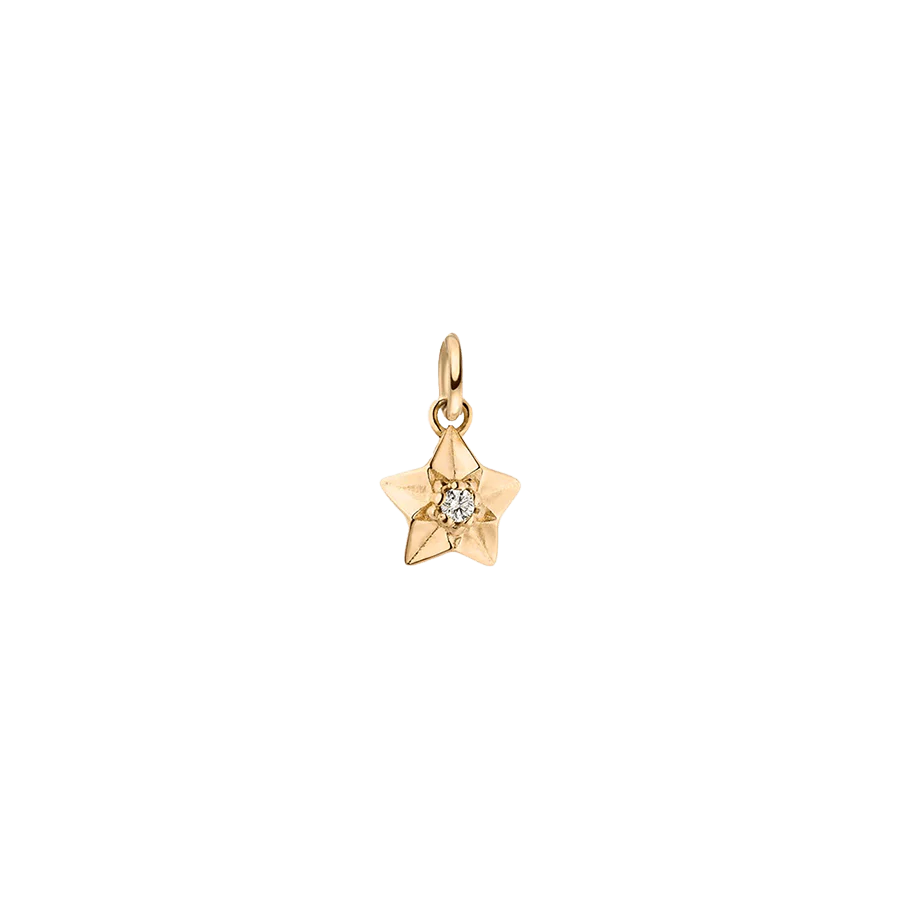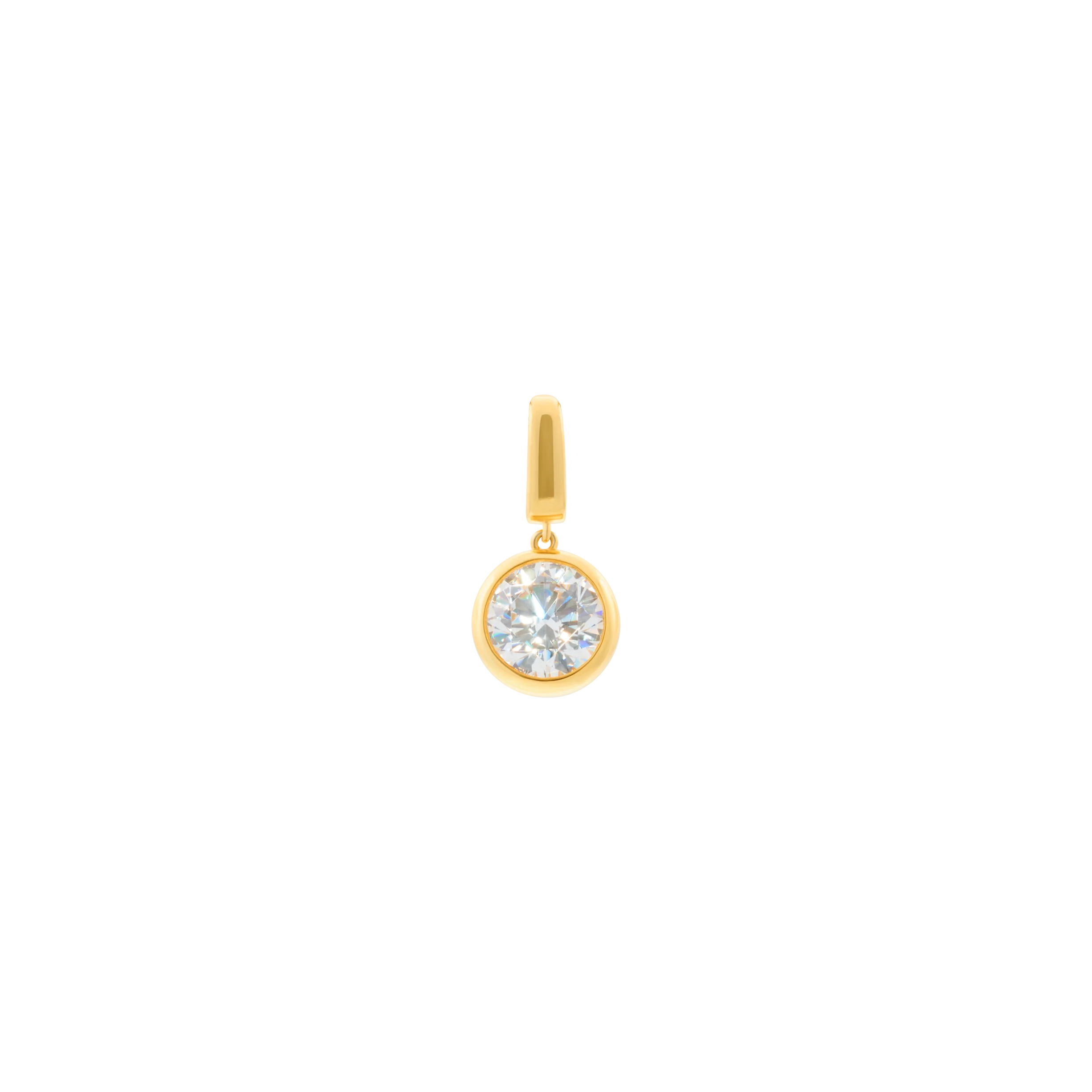Independent verification of the highest sustainability standards.
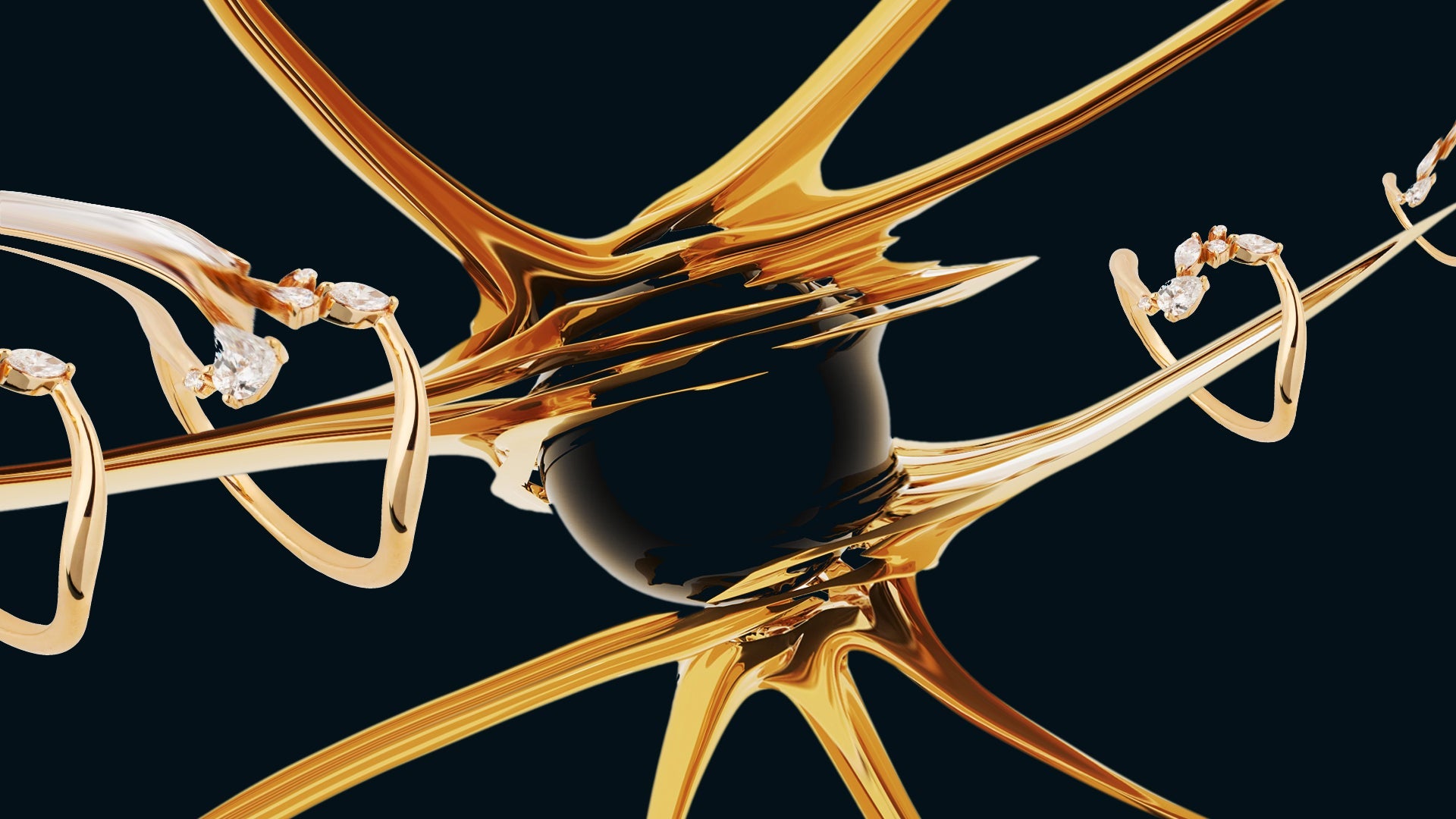
Everything you need to know about Recycled Gold Jewelry
Your gold charm bracelet doesn't have to be handmade to have a cool origin story: if it is made from certified recycled gold, it probably has one already.
Recycled gold remains as pristine as the day it was mined. Regardless of its form or function, it can be recycled repeatedly. In other words, having taken on different iterations as gold coins or electronic parts, every piece of recycled gold jewelry tells its own story.

What is recycled gold jewelry?
Recycled gold is gold
Recycled gold is produced by melting down and refining previously used gold obtained from various sources. Solid gold is easily recycled: according to the World Gold Council, the first quarter of 2022 saw the highest global gold recycling rates in six years.
Because the quality of gold does not degrade during the recycling process when you purchase recycled precious metals, you won't be sacrificing quality: recycled 18K gold jewelry is genuine solid gold that can produce beautiful modern jewelry investment pieces.
Where does recycled gold come from?
The recycled gold pieces in your fine jewelry collection could well have lived past lives as ancient gold coins or computer parts. While about 90 percent of recycled gold comes from jewelry, often, the rest is extracted from sources such as electronics (including cellphones, motherboards, fire alarms, and game consoles), coins, old vehicles, and even dental work.
How is gold recycled?
Recycling gold from jewelry and coins
Recycling gold jewelry and coins is usually more straightforward than recycling gold from other objects as they are more likely to contain a significant amount of gold, which could be alloyed with one or more metals.
Gold jewelry and coins are first categorized by purities, such as 18K or 14K. They are then melted and poured into bars based on purity, or processed further to remove other metals by smelting — where impurities are burned off — or adding a chemical such as a cyanide or mercury solution that reacts with the impurities to make them separable from the pure gold.
Dental gold is recycled in a similar fashion, but it is often attached to tooth enamel or porcelain, the gold has to be separated from the other materials before it is poured into bars or refined further.

Recycling gold from electronics
In electronics and industrial waste, gold is usually embedded in other materials and appears in smaller quantities as wires or plating metal.
Gold can be chemically stripped with a compound that reacts with the precious metal, or melted with other metal components and extracted through smelting.
Gold doesn't age
Despite being melted, smelted, and stripped, pure gold does not degrade, oxidize or corrode, allowing it to retain its value no matter how many times it has been recycled. In fact, solid gold is so robust, nearly all gold that has ever been mined still exists in the earth in one form or another.
Why recycled gold jewelry?
You'll get options
The allure, beauty and modern applications of gold make the precious metal highly sought-after. Recycling helps make up for the shortfall in newly mined gold, and solid gold has become one of the world's most recycled materials, as well as one of the few materials that retains its value and quality no matter how many times it is recycled.
Increasingly, fine jewelry brands such as Matilde is using recycled gold in their gold jewelry designs. When you shop for jewelry, treat yourself to more options by including recycled gold investment pieces in your collection.
You'll own a piece of history
Make more than just a fashion statement with your chunky gold necklaces: let it tell a story, or three. After all, it could have lived through the American Civil War as a gold coin, adorned the décolletage of a noblewoman, resided in a circuit board — or all of the above — before finding its way to you.
You'll make a positive impact
Many jewelers that create their designs with recycled gold and sterling silver, among other responsibly sourced materials, are committed to bettering their local communities and offsetting their environmental impact. London-based jeweler Alondra, for example, works with different groups to protect the environment and support less privileged communities. When you purchase from a brand like Alondra, not only will you look good in recycled jewelry, you will also feel good knowing that you are making a positive impact.
Why should you choose jewelry made from certified recycled gold?
Authorities such as the RJC-CoC and LBMA promote best practices and business ethics, and ensure supply chain integrity, sustainability and product quality in the global watch and jewelry industry. When you purchase jewelry made from certified recycled gold, you can be confident that your new jewelry pieces are of premium quality and purity, without causing harm to the environment or other people.
All gold jewelry from Loyal.E Paris, for example, are made from RJC-CoC-certified recycled gold at their Parisian atelier. Similarly, Rêver's gold jewelry pieces are handcrafted from RJC-CoC-certified recycled gold at their workshop in Spain. Meanwhile, precious metal suppliers and refiners for London-based jeweler Monarc are accredited by the LBMA and belong to the platform's Good Delivery Lists, guaranteeing the quality of the metals, including recycled gold, used to create Monarc jewelry.

